Your home’s exterior siding significantly impacts its curb appeal and overall durability. It lets you achieve the perfect finish that matches your preferred aesthetic and architectural styles. One of the most versatile options is a stucco finish.
A traditional stucco finish is standard in Spanish-style and Mediterranean architecture. A mixture of sand, cement, lime, and water creates a unique texture on your exterior wall. On the other hand, synthetic stucco is made of acrylic resins and fiberglass to mimic the appearance of a traditional one.
Although traditional and synthetic stucco may look similar, there are several considerations to determine which is suitable for your property, such as the following:
1. Durability
Durability is the key to ensuring you invest in high-quality and long-lasting materials for your property. It will also help maximize your budget as you reap its long-term benefits for your home.
Traditional stucco is prone to cracking, especially when not installed correctly. However, you can solve this issue with expert stucco repair Albuquerque. Despite being prone to cracking, a traditional stucco’s porosity makes it more breathable and resistant to mold.
In contrast, synthetic stucco is crack resistant. Its materials, such as acrylic and fiberglass, can withstand impact through flexibility. The only risk to its durability is moisture and liquid penetration, which may lead to mold and rot.
2. Appearance
In terms of appearance, traditional and synthetic stucco look similar, especially from afar. However, they differ in texture, color, and versatility in design.
Synthetic stucco offers more options in color and design. It also has a smoother texture compared to traditional. Since the materials are premade, you can expect consistency in shade and choose vibrant and dark colors without looking patchy.
Traditional stucco offers fewer options design-wise. Since the mortar is made on-site, its appearance depends on the installer’s expertise. You may also opt for lighter colors to avoid uneven tones.
3. Maintenance
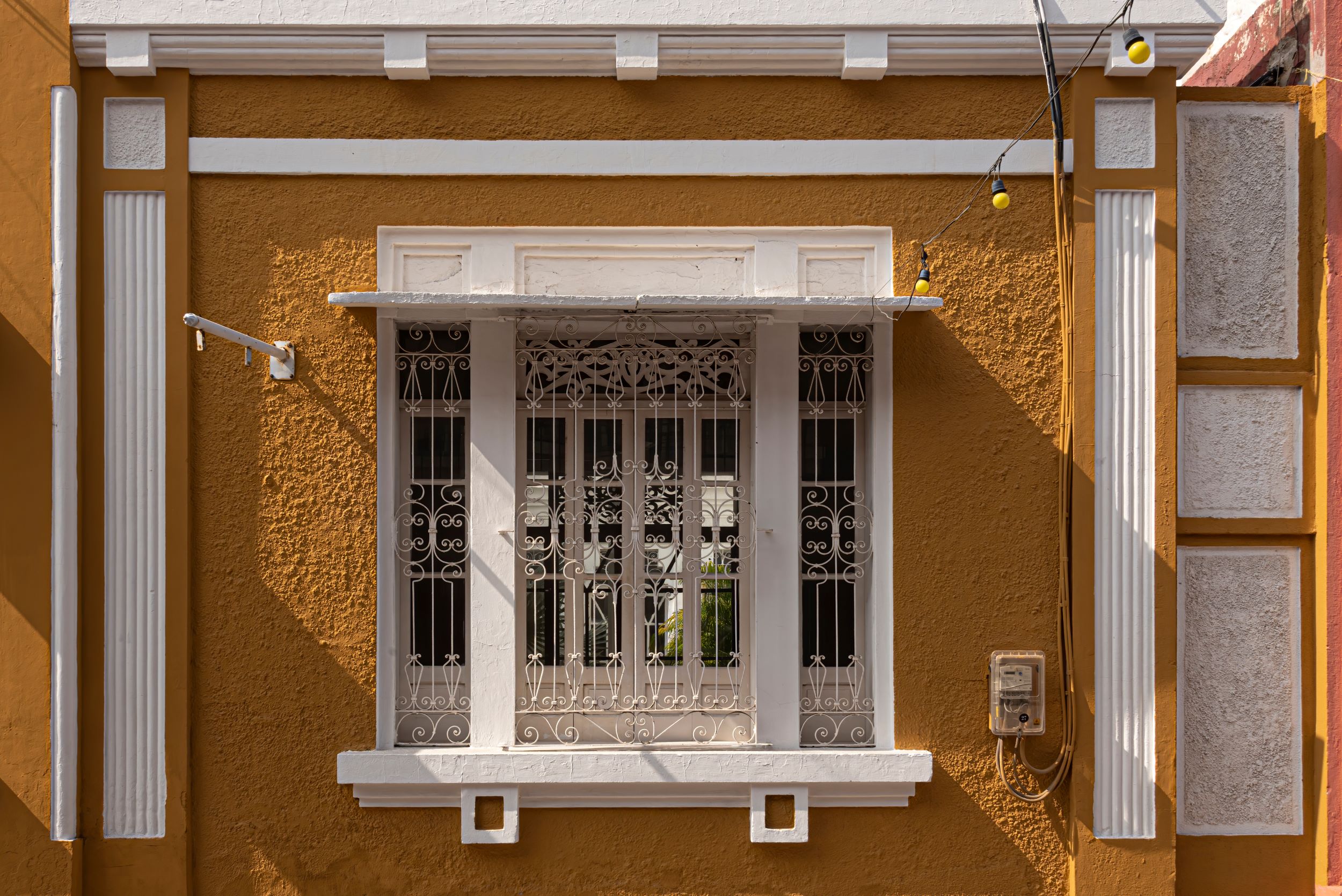
Maintenance is crucial when choosing the best exterior siding for your property. Selecting one that will make your home look vibrant for longer without significant expenses on regular repair and cleaning can save money.
Traditional stucco tends to be more high-maintenance than synthetic. Due to its porosity and risk of cracking, you may need to spend more on cleaning, repairing, patching, caulking, and repainting. Expertly installed classic stucco finish helps reduce maintenance costs due to increased durability and warranty. When properly maintained, it can last for up to 50 years.
Meanwhile, synthetic stucco only requires regular cleaning. However, you must avoid power washing since it may damage the layers. Once it cracks, the water may seep into the inner layers and cause mold, leading to early degradation.
4. Insulation
A well-insulated home is more comfortable and energy efficient. While your chosen insulation material and window types are crucial, the exterior siding can also affect the interior’s temperature.
Synthetic stucco is an excellent choice if your property’s location has an extremely hot or cold climate. It can serve as a thermal envelope to protect your home interior from weather and temperature changes.
Traditional stucco is perfect for locations with temperate weather. It’s composed of natural materials that let your house breathe. Its porosity allows the layers to absorb outdoor temperature.
5. Installation
Setting the installation schedule is crucial to the success of the project. A longer installation time may affect your home’s functionality and quality due to unexpected weather changes.
In terms of installation, synthetic stucco is more complex because of the materials used. Each layer requires a specific drying time. When one layer is applied before the former is completely dried, it may compromise durability. It may lead to water intrusion and mold formation over time.
Traditional stucco is easier to install since its method has been passed down for centuries. However, its drying time may take up to 90 days before it completely dries. Avoid power washers or any impact that may crack the surface during the curing period.
6. Costs
You can choose which exterior siding is best for your property based on your price range. A high-quality finish, traditional or synthetic, is best for your home’s durability and aesthetics.
Synthetic stucco commonly ranges from USD$8 to USD$14 per square foot. These numbers depend on your chosen design, project location, and availability of materials.
Meanwhile, traditional stucco costs anywhere between USD$7 to USD$9, which is relatively more affordable than synthetic. Its lower prices make it excellent for bigger houses.
7. Resale Value
When planning a home improvement project, the resale value is one of the essential factors in making choices. Selecting materials that increase your property value benefits you in the long run.
Traditional and synthetic stucco may differ in material and installation costs, but they offer the same range in resale value. When you choose a stucco finish for your home exterior, you can expect a 70% return on investment.
Conclusion
Choosing between traditional and synthetic stucco depends on your needs and preferences. Whichever you select, hire professionals to install it to ensure superb quality and maximize your budget.

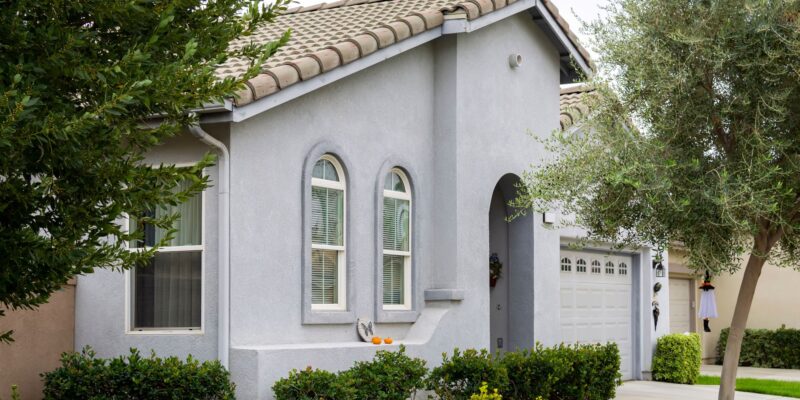

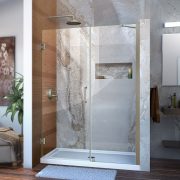
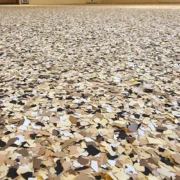
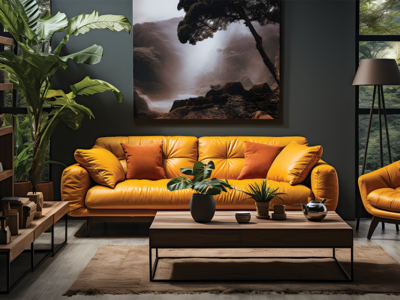
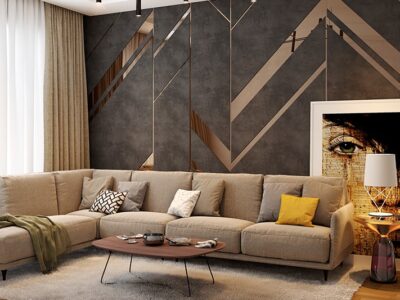
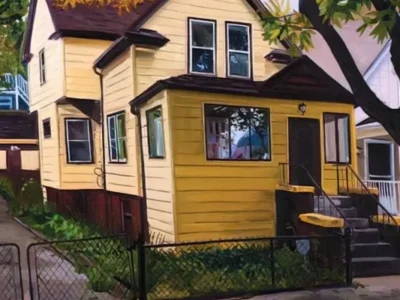

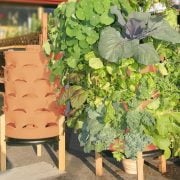
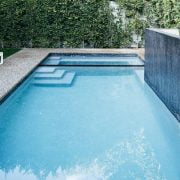
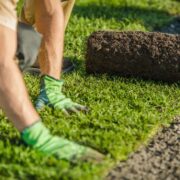
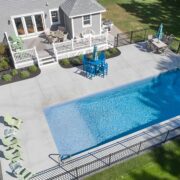
Comments